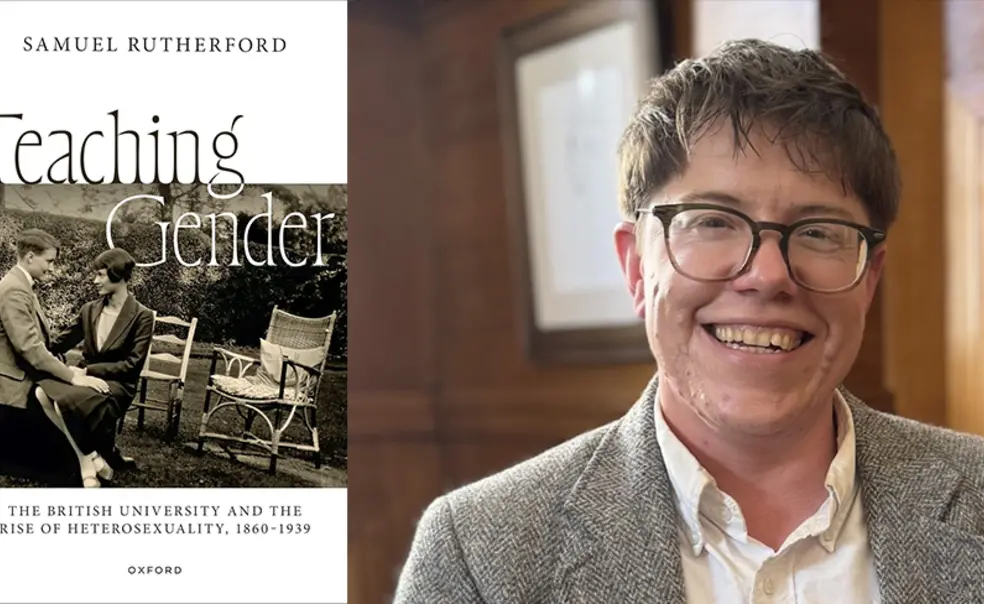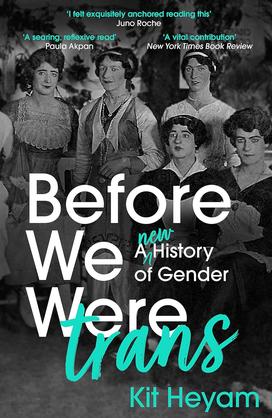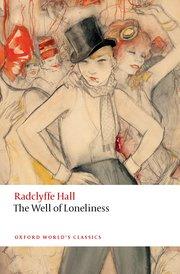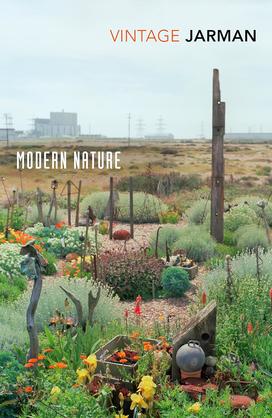LGBTQ+ History Lecturer Samuel Rutherford ’12 Recommends Books for Pride Month
Sam Rutherford ’12 began his studies in queer history at Princeton, where he wrote a senior thesis about the early British theorist of homosexuality John Addington Symonds. After pursuing a master’s at Oxford and a Ph.D. at Columbia, he is now a lecturer in LGBTQ+ history at the University of Glasgow in Scotland.
Rutherford’s research focuses on the history of ideas about gender and sexuality, and on what happens when the state and other institutions come into contact with individuals’ intimate lives. His new book, Teaching Gender: The British University and the Rise of Heterosexuality, 1860-1939, explains how U.K. universities became gender-integrated in the early 20th century, how the rituals of heterosexuality became the primary way that women and men in universities interacted with one another, and what happened to alternatives for gender and sexuality that couldn’t be made to fit within these norms. His next book project is about what queer and trans history tell us about the history of the U.K. state from 1820 to the present.
PAW asked Rutherford to draw on his background in queer history to recommend three books for Pride Month. He suggested these.















No responses yet